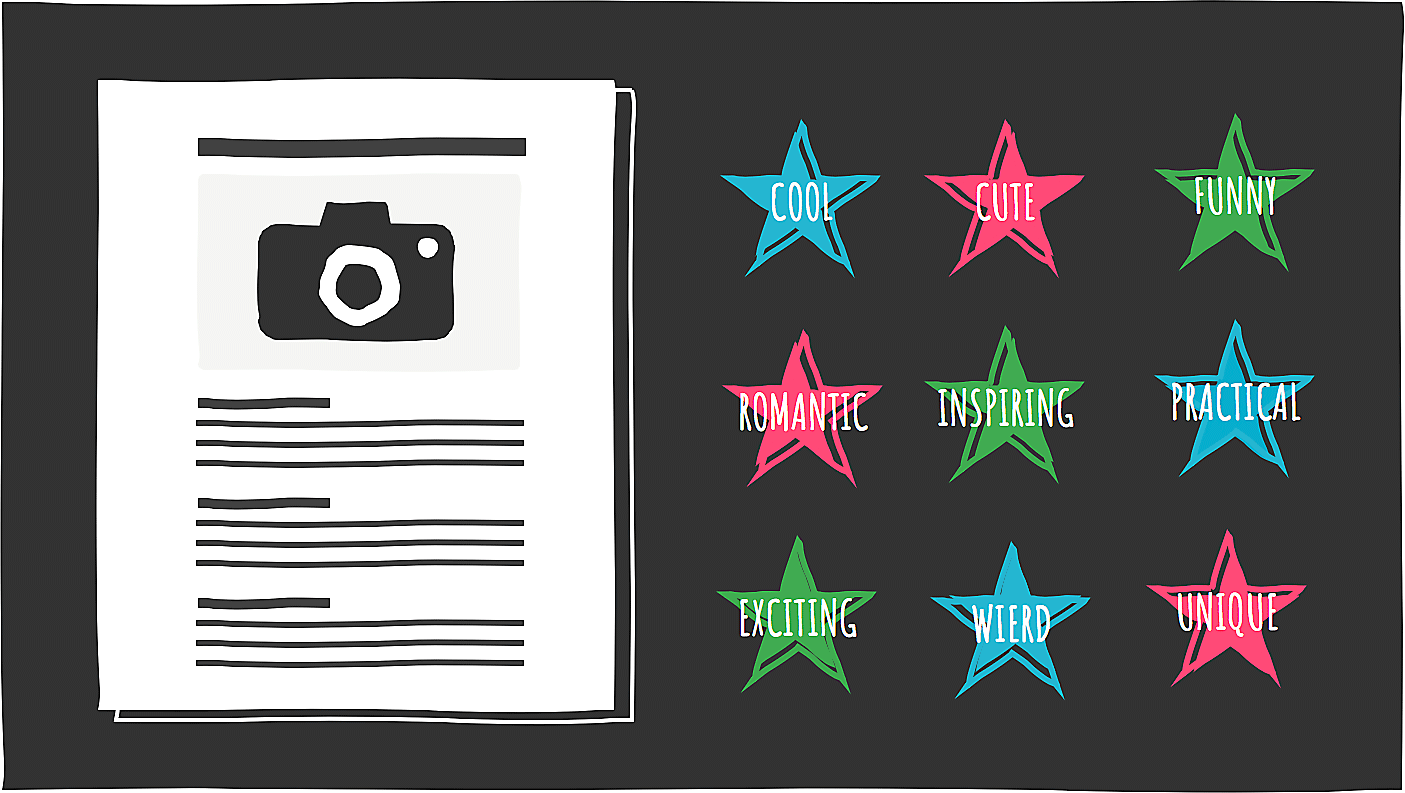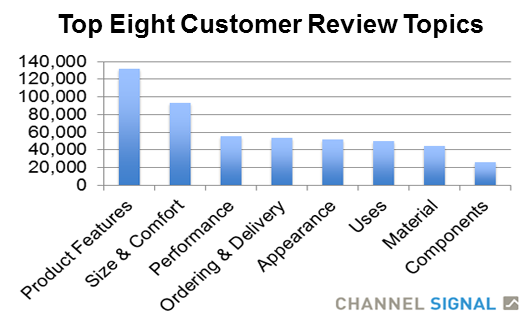Reviews are one of the more common types of content on the internet. I’m sure you’ve looked for a review of a given product yourself once or twice. However, being on the receiving end of a review, so to speak, is a completely different ball game than actually writing one.
First of all, some people mistake reviews for sales messages. Some indications that you’re dealing with a disguised sales message, rather than a review, are: too big a focus on glorifying the product, the presence of numerous affiliate links, and a lack of actual information about the usage of the product or service being reviewed (only promotional speech).
So how can you be the good guy or girl and actually craft a proper review? This post presents the essential techniques you should use, but first…
What’s the purpose of a review?
A good review is not intended just to make some affiliate sales … at least, it shouldn’t be.
Now, don’t get me wrong. I’m not against affiliate sales, it’s just that if making money is your only goal, this makes it impossible to present an unbiased opinion of the product or service. You still can include an affiliate link at the end of your review, but treat it as an extra opportunity, not the goal in itself.
So what’s a better purpose than affiliate sales for a review? To answer that question, take a look at why people read reviews. If you decide to cater to that need exactly, you will create a truly valuable review.
In my opinion, the most common reasons why people look for product reviews are:
- to learn the pros and cons of a given product
- to find out if the product is meant for them
- to find out if the product is of high quality and easy to use
- to find out about alternative solutions
- to find out about other users’ experiences with the product
- to ultimately learn if the product is worth buying.
With those needs in mind, let’s look at what you can do to craft a truly valuable review.
Buy or ask for the product
This is the first rule to writing a review! Sometimes I’m really amazed at how many people continue writing reviews without even owning the product they’re reviewing.
I mean, it’s doable if you just want to make a few affiliate sales, but if your goal is to provide value, then it’s absolutely crucial for you to have the product in your hands (or on your computer).
Now, there are a range of ways you can get the product. The best way is to simply ask the product owner to give you a copy for free (just mention that you’re writing a review).
If this doesn’t work, you can sign up as an affiliate and buy the product through your affiliate link. This will allow you to get up to 90% off the retail price, depending on the affiliate commission you’ll earn. Be aware, though, that some affiliate programs don’t allow you to buy through your own link—check the terms and conditions of the arrangement before you do this.
Consider becoming an affiliate
As I said briefly a couple of paragraphs above, I’m not against affiliates. As a matter of fact, I’m an affiliate for plenty of products.
To put it simply, if there is an affiliate program available for the product you’re reviewing, by all means do sign up. Just don’t make affiliate sales your main goal when writing the review.
Tackle the problem of honesty
Why am I calling it a problem? The problem is that not every product is a quality one.
Every once in a while, you’ll stumble upon a product that is simply garbage. And the problem here is that people (including you, I hope) are naturally nice. So we don’t want to hurt anyone by publishing negative reviews of their products.
And this is where the problem of honesty arises. A natural approach here is to simply omit some negative experiences from your review—to not say anything about them. I really don’t advise you to do this.
Always try to fight the natural resistance and mention every negative aspect you’ve stumbled upon. This will strengthen your brand and also ensure your readers know that you’re an honest source of information.
Craft the core content
Setting all the issues with purpose and honesty aside, now let’s focus on the core contents of your review.
Make sure you provide information on:
- Features: Cover information on what the product does.
- Target group: Include information on who the average user of the product is, and why they would want to use it.
- The main benefit: There are always some benefits a given product has to offer, and listing them is usually the biggest value a review brings. Just to define the idea of a benefit briefly: it’s what the features of the product mean to the users, and how those features improve their lives.
- Practical details: Cover things like the price, where to get the product (you can include your affiliate link here), what the guarantee is, how long customers have to wait for the delivery, and so on.
List the alternatives
This is optional. You can do this, but it’s not a mandatory element of a good review. Besides, sometimes there simply aren’t many alternatives to a really specific product.
Even if there are, there’s often no point in listing them. For example, when you’re reviewing a novel, even if there are other novels in the same area, it’s not likely to provide much value if you list them as alternatives.
Cove the pros and cons
The pros and cons section is a feature of every good review. Listing the pros is usually easy, as the product creators always try to make them clearly visible, but cons are a completely different story.
The first thing you need to realize is that there are always some cons, no matter how good the product seems at first. Your job as the reviewer is to bring them to the surface.
One more tip. Please don’t list cons that aren’t really cons. This is one of the tricks used by affiliate reviewers. For instance, when dealing with digital products, affiliates tend to mention the fact that the package takes a long time to download as a downside. It isn’t.
Cons are only significant if they somehow make the product less usable in some way. Focus on those.
Other people’s opinions
If you take a look at Amazon, you’ll find loads of customer reviews for every product. They’re not there just for the sake of it. People are simply very interested in other people’s opinions.
If you have access to reliable customer reviews or opinions that you can legally use, by all means include them in your review. Try to find both positive and negative ones.
Share your final opinion
Finally, share your personal opinion about the product. Mention whether the product is worth buying or not, and what your overall experience of it was.
Don’t be afraid of speaking your mind freely here. If you love the product, say that you do. If you hate it, people should know about this, too.
Also, include your affiliate link if you want to recommend the product to your readers. You don’t have to make it look overly promotional—a big Buy Here button might be too much. Simply hooking up your affiliate URL to the product name is usually enough.
That’s it for my advice on writing a proper product review, but feel free to share your own thoughts and ideas. Do you write a lot of reviews? Have you experienced any difficulties getting products? I’d love to hear your tips, too.
From : https://problogger.com





